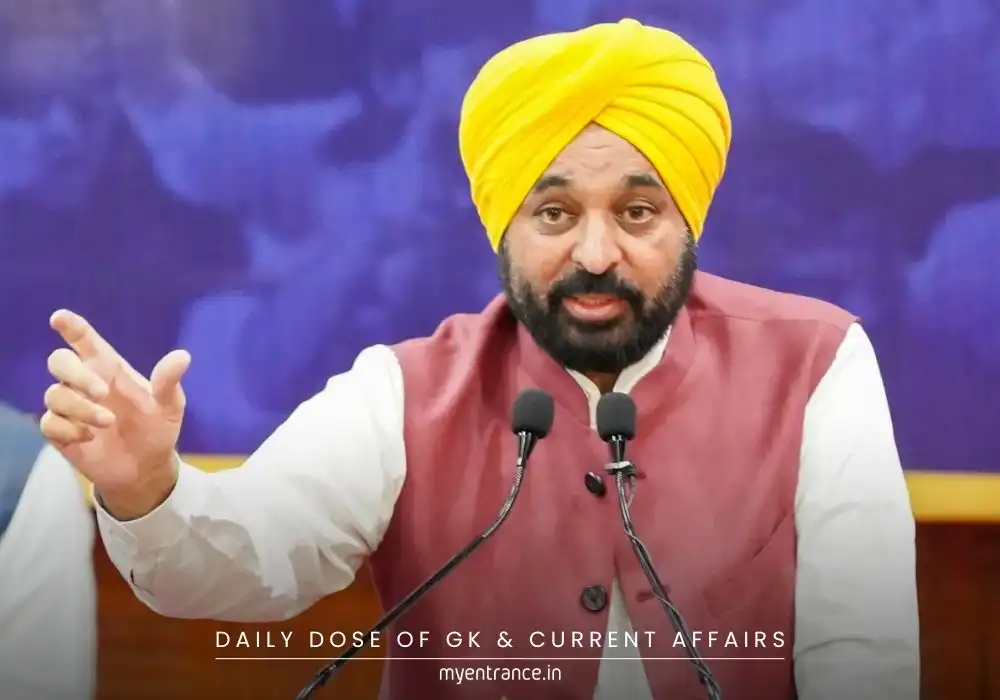Select Language
How Karnataka’s KUSUM-C Scheme is Transforming Agriculture with Solar Energy
The KUSUM-C scheme, recently launched by Karnataka Chief Minister Siddaramaiah, is set to revolutionize agricultural power supply in the state. By ensuring reliable daytime electricity through solar energy, this initiative boosts farmer productivity while curbing energy wastage.
KUSUM-C Scheme: Key Features & Benefits
1. Reliable Daytime Electricity for Farmers
The KUSUM-C scheme ensures 7 hours of uninterrupted daytime power for agricultural activities. Unlike traditional erratic supply, solar energy generated at local substations guarantees consistency.
Solarisation of 389 substations to produce 2,396 MW of electricity.
Supports 1,555 agricultural feeders, benefiting 632,000+ pump sets.
Reduces dependency on erratic grid power, improving irrigation efficiency.
2. Government Subsidies & Financial Support
The Karnataka government is investing ₹19,000 crore to make solar power affordable for farmers.
80% subsidy for solar power generation on farms.
50% state subsidy + 30% central subsidy.
Farmers only bear 20% of the cost, making solar adoption easier.
3. Karnataka’s Electricity Generation Goals
The state has already added 4,000 MW since the current government took office.
Current capacity: 35,000 MW
Target: 60,000 MW by 2030
Focus on renewable energy to meet rising agricultural and industrial demands.
4. Smart Meters & Energy Efficiency
Under the Revamped Distribution Sector Scheme, Karnataka is rolling out prepaid smart meters for better energy management.
60% central subsidy for infrastructure development.
₹900 per smart meter to encourage adoption.
Aims to reduce power theft and improve billing accuracy.
5. Environmental & Economic Impact
Decentralized solar power reduces fossil fuel dependence.
Pavagada Solar Park already operational, with more land identified for expansion.
Cuts transmission losses, ensuring cleaner and cheaper electricity.
6. Positive Farmer Response & Rural Electrification
Farmers praise the scheme for stable power supply during peak irrigation hours.
Gruha Jyoti scheme provides free electricity to 1.64 lakh families, boosting rural welfare.
Sample Questions & Answers (FAQs)
Q1. What is the main objective of the KUSUM-C scheme?
A1. The scheme aims to provide 7 hours of reliable daytime electricity to Karnataka farmers using solar power, reducing dependency on erratic grid supply.
Q2. How much subsidy do farmers get under KUSUM-C?
A2. Farmers receive an 80% subsidy (50% state + 30% central) for solar installations, paying only 20% of the cost.
Q3. How will KUSUM-C help Karnataka’s energy goals?
A3. By solarizing 389 substations, the scheme adds 2,396 MW to the grid, supporting the state’s 60,000 MW target by 2030.
Q4. What are the benefits of smart meters in this scheme?
A4. Smart meters ensure accurate billing, reduce power theft, and improve energy efficiency with 60% central subsidy support.
Q5. How does KUSUM-C impact the environment?
A5. By promoting decentralized solar power, it cuts fossil fuel use, reduces emissions, and minimizes transmission losses.
The KUSUM-C scheme is a transformative step toward sustainable farming and energy security in Karnataka. With heavy subsidies, smart technology, and farmer-friendly policies, it promises a brighter future for agriculture.
Looking for more exam tips and current affairs updates? Explore our mock tests and study guides for SSC, PSC, NID, NIFT, and more!
Most Predicted Questions
Comprehensive study materials, Expert-guided tips & tricks, Mock tests and instant results.
Start your SSC, NIFT, NID, FDDI, PSC journey today with MyEntrance, your ultimate online coaching platform.








